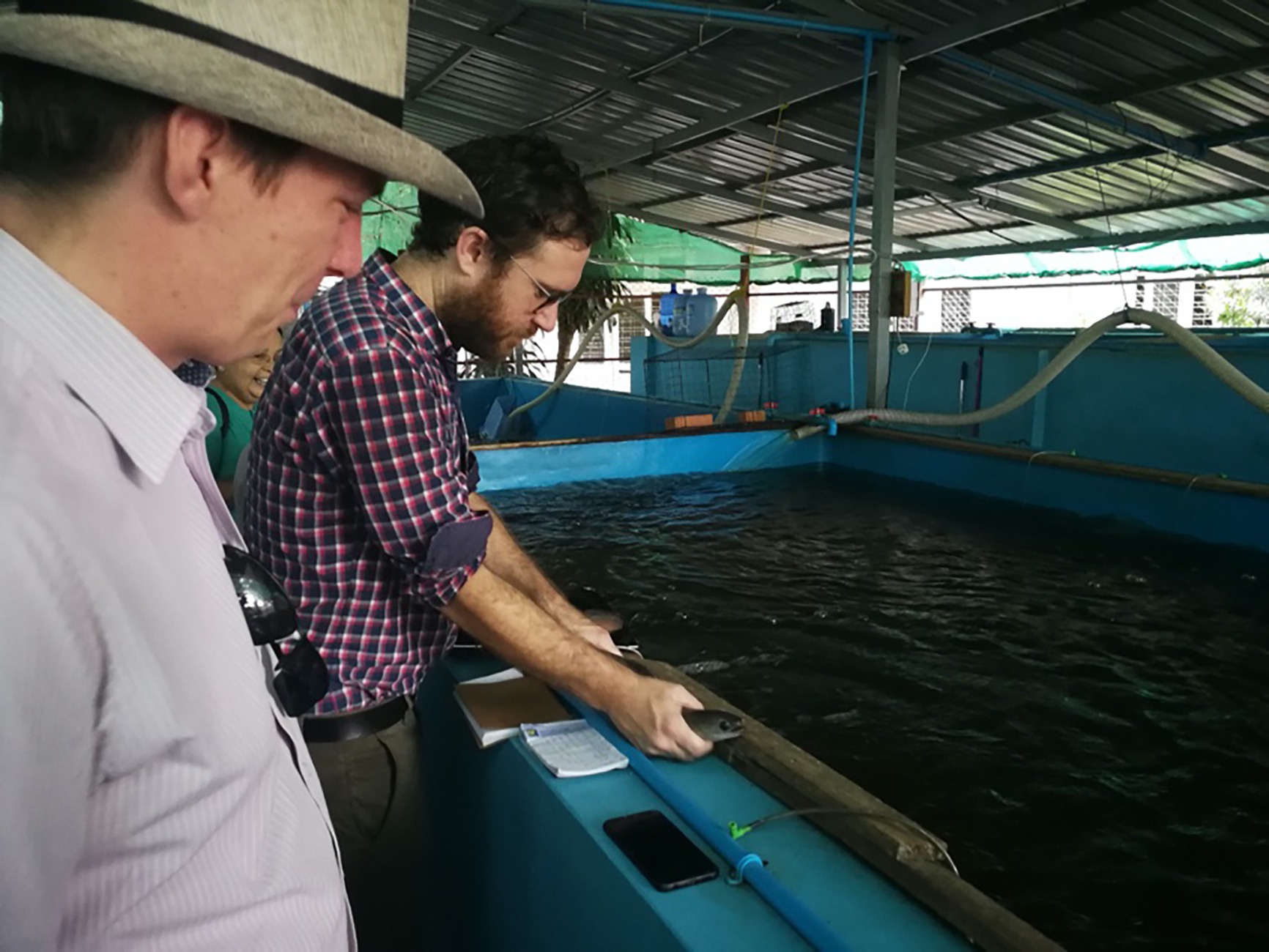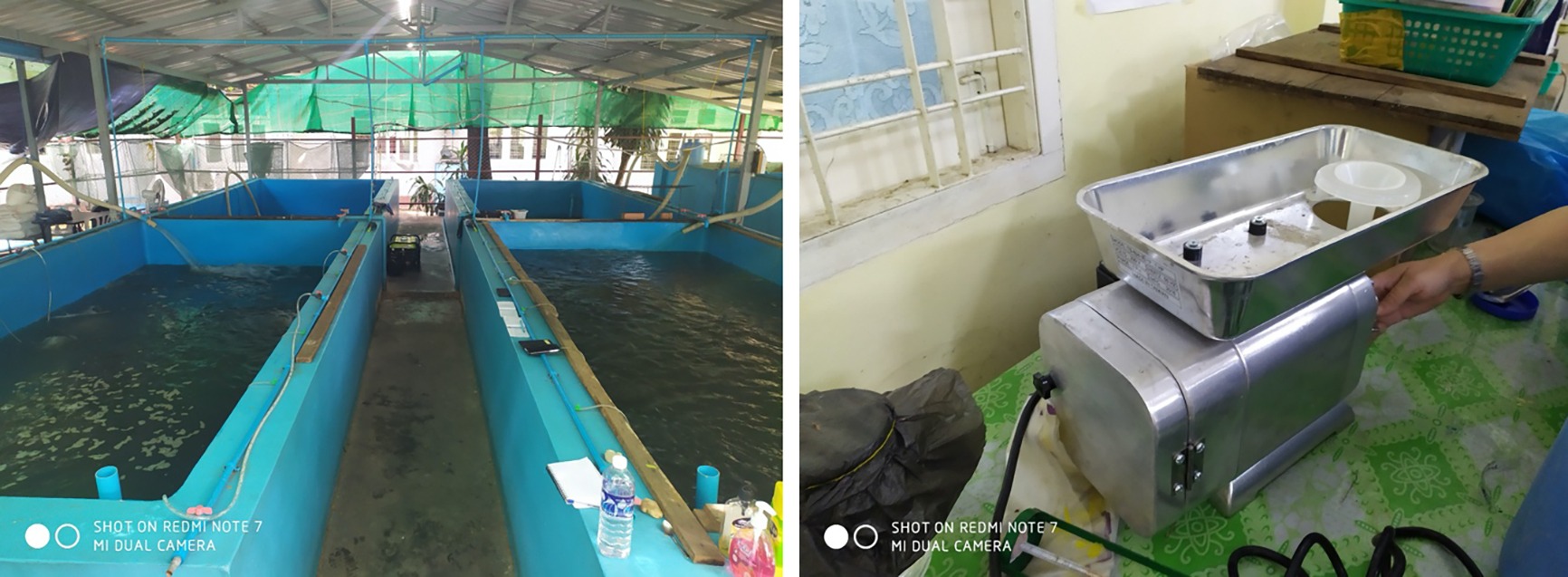

Investigating the potential of insects as aquafeed in Myanmar
March 2, 2020
As part of our concerted efforts to support and encourage the next generation of Australians in study, careers and volunteering in international agricultural research, the Crawford Fund State Committees proudly support our Student Awards.
These awards allow university students from around Australia to include an international component to their studies, to travel to their host countries to research and explore their chosen topic areas and gain international agricultural research experience and expertise.
Throughout the past year, we have enjoyed sharing the journey of our 2018 recipients of these Awards and their experiences have been diverse and overwhelmingly positive. They are available here.
We now proudly present to you the reports from our 2019 cohort as they complete their travels and research. To date we have reported on the experiences of Luke Dieters from the University of Queensland; Jori Bremer from the University of New England; Nadeem Akmal from the University of Canberra; Nina Matsumoto from the University of Sydney; Peter Richardson from the University of Melbourne; and most recently Charles Callaghan, William Davies and Rebecca Owen from Charles Sturt University.
Also, we have launched our 2020 Student Awards which are available for university students from every State and Territory so check out the backgrounder and apply online.
As part of his Masters of Development Studies, Daniel Waterhouse from Murdoch University recently travelled to Myanmar, with support in-country from Spectrum Sustainable Development Knowledge Network, to investigate the potential of insects as a viable aquaculture feed source that could augment traditional aquafeed ingredients such as fishmeal.

“Internationally the interest in insects as an alternative to traditional aquaculture feed ingredients such as fishmeal (largely comprised of wild caught fish) and soybean meal has been significant and continues to grow as concerns around the sustainability and price of fishmeal increase,” said Daniel.
“Research and development into the potential of insects in the aquaculture sector has been increasing as has the commercial interest in further developing this sector. However, the viability of the sector is far from certain with commercialisation still not being achieved to any significant degree,” said Daniel.
Myanmar is the 9th biggest aquaculture producer in the world with an annual production of 1 million tonnes, but it still only contributes 21% of all the fish consumed in Myanmar compared to 80% in Thailand and 55% in Bangladesh. However, it is likely that Myanmar will follow in increasing the proportion of farmed fish consumed as seen in neighbouring countries with farmed fish expected to supply around half of all fish consumed in Myanmar’s growing cities as wild catch production stagnates, and will likely start to fall, and aquaculture production continues to grow.
“The aquaculture sector in Myanmar is an important source of employment, particularly in rural areas, and provides an opportunity for rural populations to increase their incomes (including women who are paid much higher wages to work in aquaculture than cropping) and improve the productivity and profitability of their land,” he said.
“This is not restricted to producers of farmed fish, but also through the provision of support services and inputs, including aquafeed production, specific expertise and technical services and transport and logistics services,” he added.

Globally, the aquaculture sector faces numerous challenges, with the price, availability and quality of aquafeed often the biggest challenge facing the industry. The interest in insects as feed has been significant and appears to be increasing with many research and academic papers being released and increasing private sector investment in research and development. However, despite this, the production of insects for aquafeed still struggles to compete commercially with other feed ingredients. Further research and development, and increases in scale, will be required to make it more commercially viable, and this is likely to occur over the next decade according to Daniel’s research.
“There is a significant need, which also presents an opportunity, for alternatives to fishmeal in aquafeed ingredients. There are several potential replacements including single cell proteins, animal by-products, plant-based alternatives and insects,” said Daniel.




